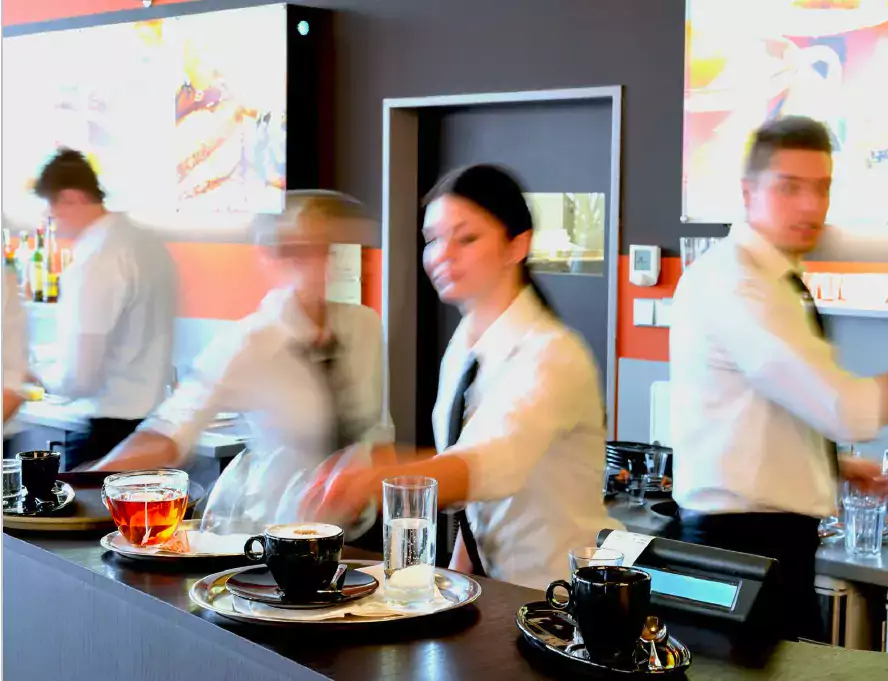There’s a local, mom-and-pop convenience in my town that gives me an unsettling feeling every time I visit—in fact, I’ve written about it once before for this blog. I live in a small town off the beaten trail, so my options are limited. The truth is that I never know how much I’m going to pay on any given visit to this store because none of the prices are clearly marked. There is also no “flow” to product placement in this store.
Chips, snacks and candy are scattered around the store, with a non-edible, housewares aisle interrupting the product flow. The front of the store has an alcove that would be perfect for grab-and-go beverages. Instead, it’s dedicated to ice cream (off-peak in winter) and shelved beverages, separate from the cold beverages and dairy in the adjacent aisle. The back freezers seem to be underutilized with frozen food packages. And most of the customers seem to order from the fresh food counter anyway. That is one unique feature of this store—a deli/bakery setup that has become somewhat of a fixture in this small town. Indeed, with no marked prices and seemingly no rhyme or reason for product placement, this mom-and-pop store seems to do alright anyway.
But it’s not a good environment to discover new products, which is a lost opportunity for both the operator and CPG vendors. I don’t see many of the “new” snacks and beverages that I see in other stores. If the local town population isn’t demanding better product placement, who is?
This is an industry where retailers and vendors have pay-for-space and pay-for-entry agreements.
So it makes me wonder: Are vendors of new products fighting for shelf space? Do they have the ability to follow up with retailers on product pairings and placement?
Barking Up the Right Strategy
At the start of 2016, the National Retail Federation’s STORES magazine published “20 Ideas Worth Stealing in 2016.” One idea came from the brand barkTHINS, a chocolate snack food company that seemingly came out of nowhere in 2013. For those unfamiliar with barkTHINS, it’s thin, dark chocolate bark made with premium “better-for-you” ingredients, including almonds, pumpkin seeds, blueberries and quinoa. This product came to market so quickly and aggressively (and probably was such a thorn in the side of the big confectioners) that Hershey acquired them in 2016. This wasn’t by luck—barkTHINS fought for it and earned it. Their strategy basically came down to three points:- Area brand managers were stocked with samples of the product.
- Brand managers were given freedom to negotiate with retailers when necessary.
- barkTHINS equipped brand managers with a dashboard to monitor account visits, product demonstrations and incremental retail sales.
Zenput Helps C-Stores Fight the Good Fight
Whether you’re an established CPG company or a newcomer fighting your way into stores, Zenput is a mobile solution that’s ideal for enterprises that have field reps. It provides a cloud-based mobile platform for account managers to check in and report promotional execution (or lack thereof) in real time. Auditing tools help to ensure compliance with product facings, pricing and promotions. Take a photo to verify shelf placement and easily share it with your team. Zenput also provides historic analysis of data that not only helps CPG companies learn from trends, but also helps them communicate with retail partners.
<p>Both expanding and already-established brands use Zenput during their store visits. Learn more about Zenput’s CPG functionality by clicking here or downloading one of these case studies for more information: - Learn how Zenput helped Jack Link’s verify compliance for its planogram and rebate program, all while eliminating manual processes. Download Jack Link’s case study. - Learn how Zenput helped neuro drinks gain better store-level insights for improved quality control and communication with retail partners. Download neuro drinks case study.Subscribe to our blog
You are now subscribed!


